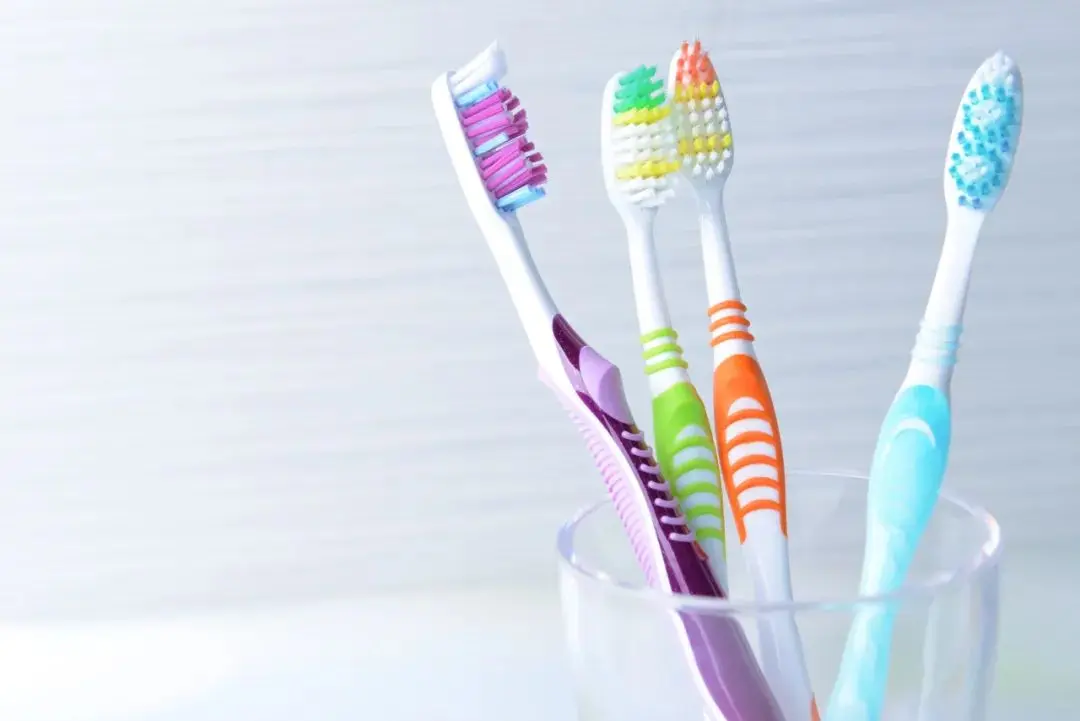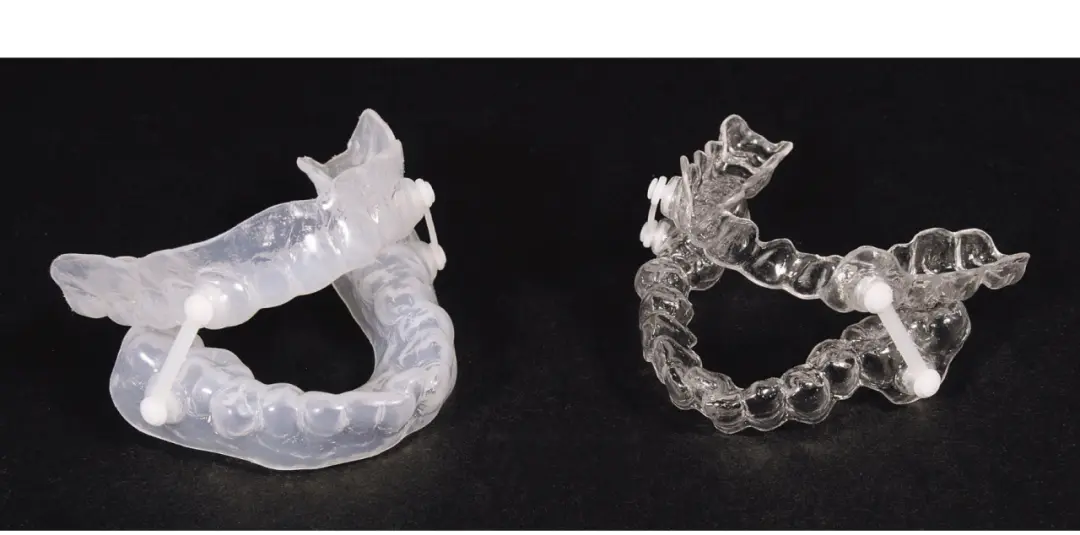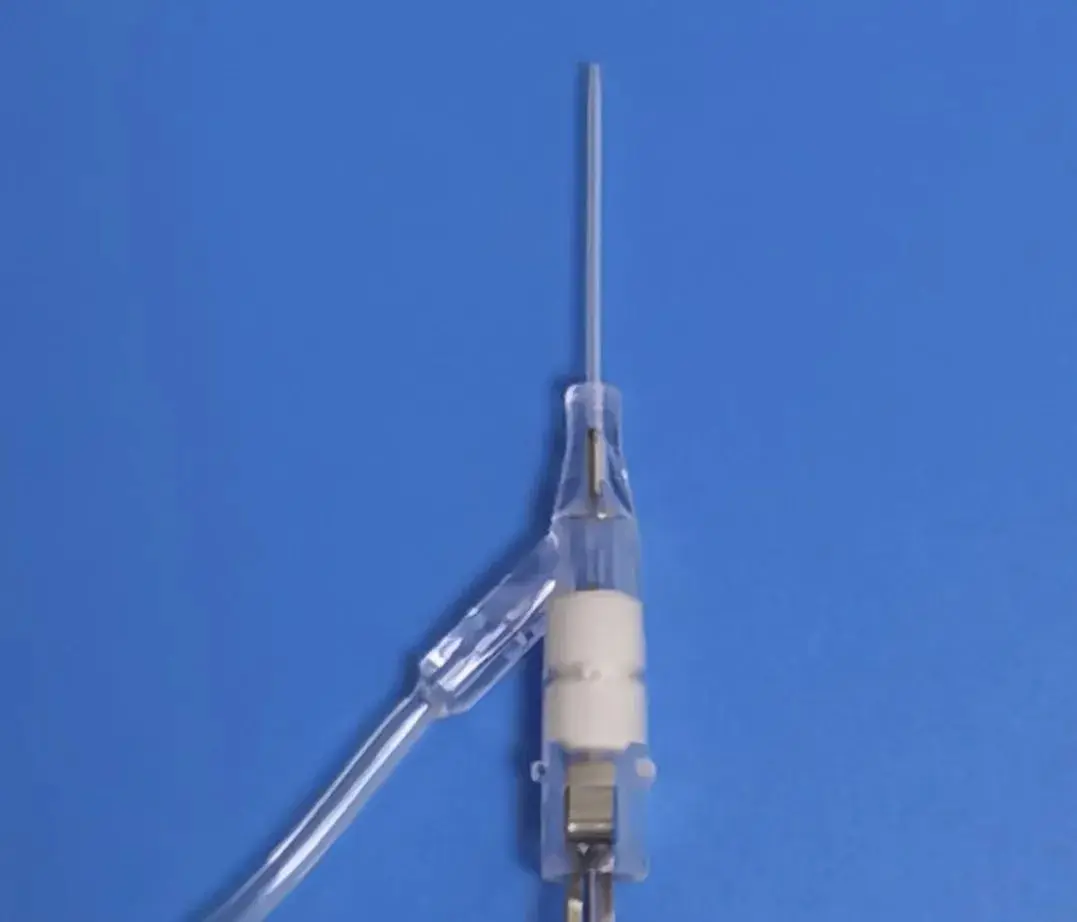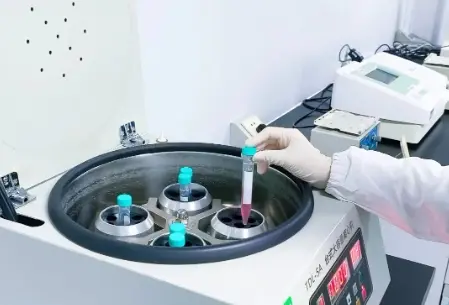
Bluetooth Speaker CE Certification Testing
Bluetooth speakers sold in the EU must obtain CE certification. Unlike regular speakers, Bluetooth speakers have wireless data transmission functionality, requiring additional testing under the Radio Equipment Directive (RED). JJR Lab in China offers these services at low costs.
Bluetooth Speaker Certification Includes:
1. EMC (Electromagnetic Compatibility) Directive: Testing standards are EN 301489-1 and EN 301489-17.
2. RED (Radio Equipment Directive): Testing standard is EN 300328.
3. LVD (Low Voltage Directive): Testing standard is EN 60950. If the transmission power exceeds 10mW, a SAR (Specific Absorption Rate) assessment is required, following en 62479.
Required Tests for Bluetooth Speaker CE Certification:
1. LVD Safety Testing: Includes power input detection, label durability detection, hazardous energy detection, capacitor discharge detection of primary circuits, current path detection, grounding resistance testing, humidity treatment detection, power cord stress relief detection, impact detection, drop detection, temperature rise detection, ball pressure detection, operating voltage, electrical clearance, and creepage distance detection, normal operation detection, and dielectric strength testing.
2. EMS (Electromagnetic Susceptibility) Testing: Includes ESD (Electrostatic Discharge Detection), EFT (Electrical Fast Transient Detection), SURGE (Lightning Surge Detection), RS (Radio Frequency Radiation Detection), CS (Conducted Radio Frequency Detection), magnetic field (Power Frequency Magnetic Field Detection), DIP (Voltage Variation Detection), low-frequency conductive interference to AC power input, and continuous conductive interference from DC to 150kHz.
3. EMI (Electromagnetic Interference) Testing: Methods include conduction, radiation, harmonic current IEC 61000-3-2, and voltage flicker IEC 61000-3-3.
4. EMS Interference Testing Methods: Include electrostatic discharge immunity IEC 61000-4-2, RF radiation immunity IEC 61000-4-3, electrical fast transient burst immunity IEC 61000-4-4, and surge immunity IEC 61000-4-5.
Required Documentation for Bluetooth Speaker CE Certification Application:
1. Product structure diagrams, circuit diagrams, PCB layouts, and bill of materials.
2. User manuals and instruction manuals.
3. Electronic device software, firmware files, and program source codes.
4. Product test reports, including test data, test methods, and test procedures.
5. Manufacturer's declaration and conformity proof.
These documents must be submitted by the manufacturer and reviewed and confirmed by an EU certification body.
Bluetooth Speaker CE Certification Application Process:
1. Confirm the directives and standards that need to be certified.
2. Select and contact an appropriate certification body to inquire about the certification process and fees.
3. Provide product samples and relevant testing documentation.
4. Conduct testing and reviews to ensure the product meets relevant standards and directive requirements.
5. Obtain the certification certificate and declaration of conformity.
6. Apply for and mark the product with the CE mark.
To sell Bluetooth speakers in the European market, CE certification is mandatory. The CE certification process involves multiple tests and reviews to ensure the product complies with relevant EU directives and standards.
Email:hello@jjrlab.com
Write your message here and send it to us
 Toothbrush FDA Certification Testing
Toothbrush FDA Certification Testing
 Snoring Device FDA 510k Standard Testing
Snoring Device FDA 510k Standard Testing
 Single Use Intravenous Catheter Certification Test
Single Use Intravenous Catheter Certification Test
 Silicone Material Product Compliance Certification
Silicone Material Product Compliance Certification
 What to Do If Cytotoxicity Test Results Are Positi
What to Do If Cytotoxicity Test Results Are Positi
 ISO 10993:5 Cytotoxicity Testing Methods
ISO 10993:5 Cytotoxicity Testing Methods
 FDA ISO 10993-1 Biocompatibility Evaluation Guidel
FDA ISO 10993-1 Biocompatibility Evaluation Guidel
 In Vitro Cytotoxicity Testing for Medical Devices
In Vitro Cytotoxicity Testing for Medical Devices
Leave us a message
24-hour online customer service at any time to respond, so that you worry!




